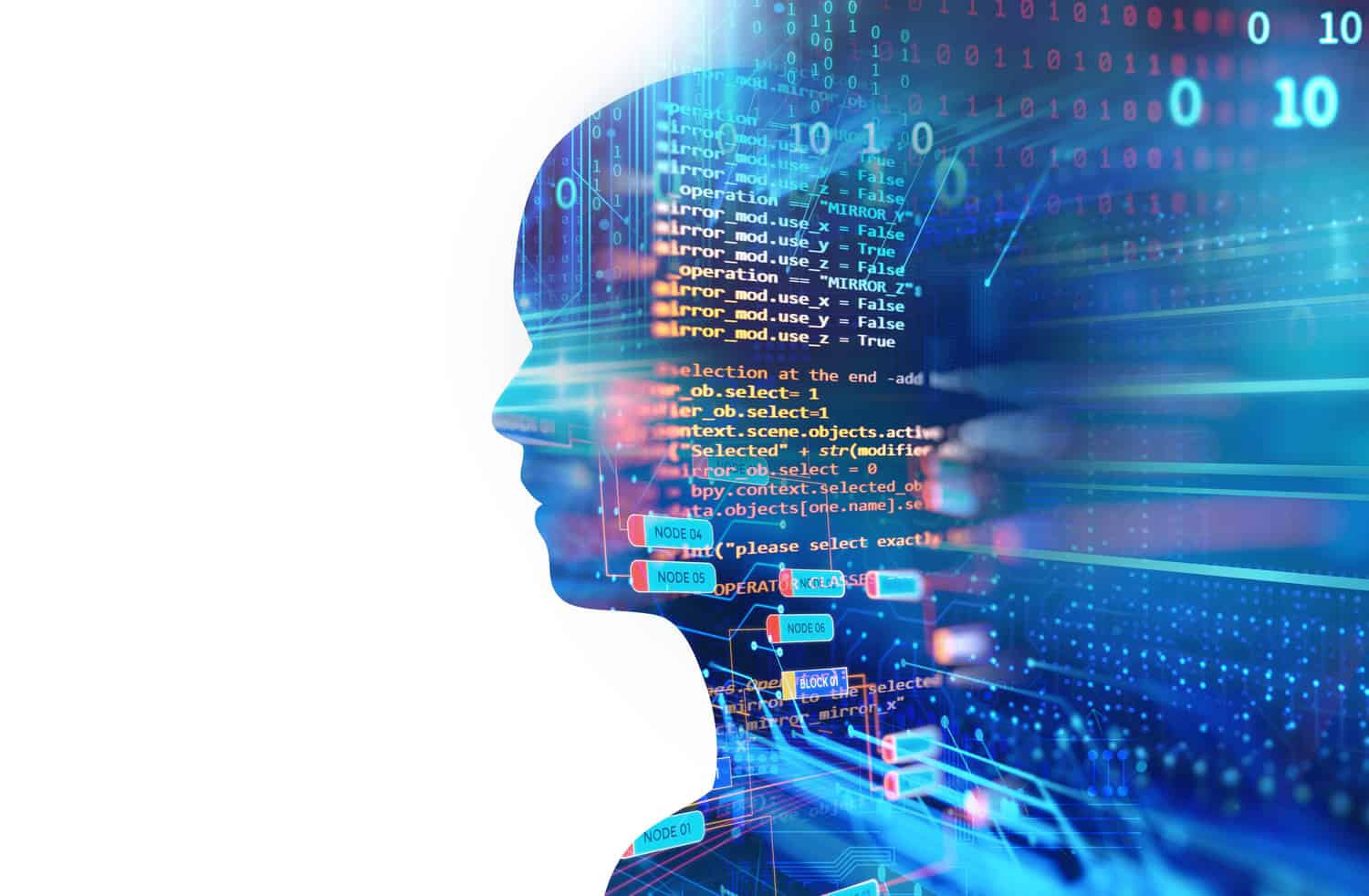4 Industries Being Changed by IoT & Who’s Getting Hit the Hardest
Emerging technologies have disrupted many different industries in recent years. The Internet of Things (referring to devices connected via a network) is another innovation having a major impact in various fields.
Internet of Things development has the potential to revolutionise a wide range of industries. The following examples are particularly noteworthy. The role that IoT solutions are already playing in them indicates how new tech will transform these sectors dramatically in the near future.
The Internet of Things & Retail
Potential applications of the IoT in retail are numerous. Retailers already appreciate this: A recent survey indicates more than three-quarters of retail professionals believe that IoT development delivers a return on investment to those using it. To better understand how retail IoT solutions are changing the industry, it helps to investigate current uses for it.
Amazon is one company leveraging the Internet of Things development to its benefit. Despite being primarily associated with e-commerce, Amazon also has brick-and-mortar locations. IoT programming ensures those shops offer the same degree of efficient service customers associate with the brand through cashierless checkout options.
Retail IoT devices identify when customers leave the store with items and charge their accounts accordingly. This makes shopping in a physical store much less time-consuming than it otherwise would be.
Beacons are another Internet of Things retail development transforming brick-and-mortar shopping. When customers are near a brand’s locations, beacons send alerts to their smartphones, offering discounts, promotions, and similar special in-store offers.
These are merely two examples of the IoT in retail. With even more innovations and applications to come, companies that don’t take advantage of this tech now may struggle to compete later.
The Internet of Things & Banking
The rise of fintech has already disrupted the banking industry. IoT device management is poised to have a similar impact in many different ways.
Voice-activated IoT programming in finance devices allows customers to efficiently use various banking services from their own homes. Beacons are helping customers find branches or ATMs in unfamiliar cities. Some banks have even begun using the Internet of Things banking devices to track the facial movements of customers in branches; this helps them determine what types of in-branch features customers use most often.
All of this results in stronger service. As the Internet of Things for finance improves, innovative banks will find even more ways to use it.
The Internet of Things & Insurance
The role of the Internet of Things in finance isn’t limited to banking. IoT development can also revolutionize the insurance industry.
For instance, customers can use IoT solutions in their homes and cars to supply insurance providers with valuable information. An IoT device that tells a provider when a customer is practising safe driving or taking steps to secure their home could yield a lower rate.
It’s easy to understand why customers will choose providers who offer these IoT device management features: They want to be rewarded for their safety habits. With IoT programming, they’ll be able to pay less for insurance than they typically would if they maintain those habits.
The Internet of Things & Healthcare
Healthcare is an industry in which provides quick and reliable service is particularly important. Unfortunately, various complexities often prevent this from happening.
Internet of Things development is changing that. For instance, the use of AutoBed technology at Mt. Sinai Medical Center in New York City makes it easier for the hospital to find the right beds for patients based on their needs. This example of IoT device management substantially reduces emergency room wait times.
Wearable IoT devices can also monitor patient health, supplying their physicians with relevant information when necessary. These IoT solutions also help track staff/patient locations and inventory. Again, this means healthcare providers using IoT devices will serve their patients more effectively.
The Power of the Internet of Things Development
Any business leader in these industries should begin researching how to use IoT solutions now in order to avoid being left behind. That involves coordinating with experts who understand IoT programming and how to leverage the Internet of Things in finance, banking, retail, etc. By working with the right specialists, businesses can take full advantage of this groundbreaking innovation. If you have an app idea, Talk To Us today!
Share this
Subscribe To Our Blog
You May Also Like
These Related Stories

Luxury Retail Apps Are a Necessary Investment for Promoting Brand Loyalty

How Women in Tech Will Shape the Future of Mobile App Development





